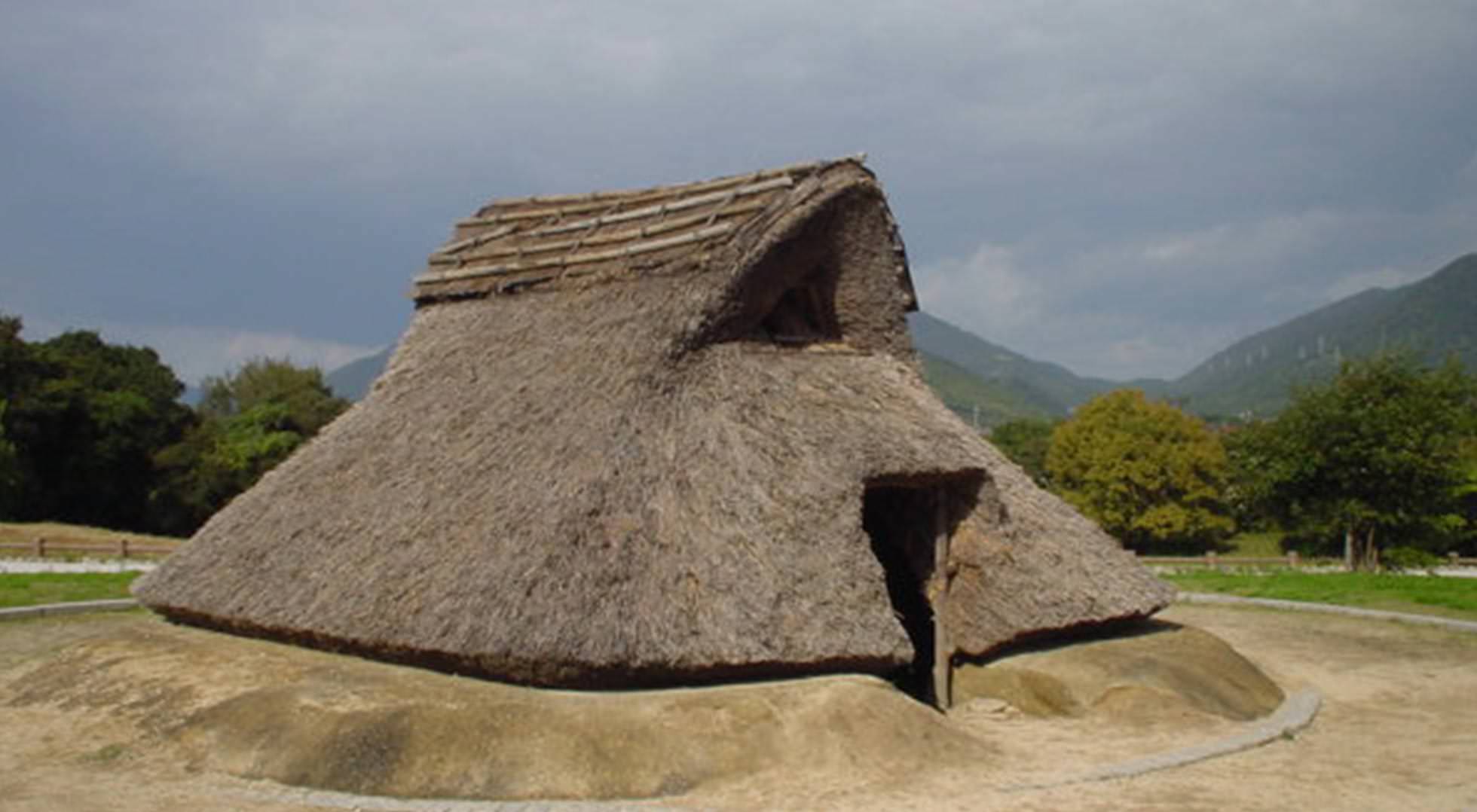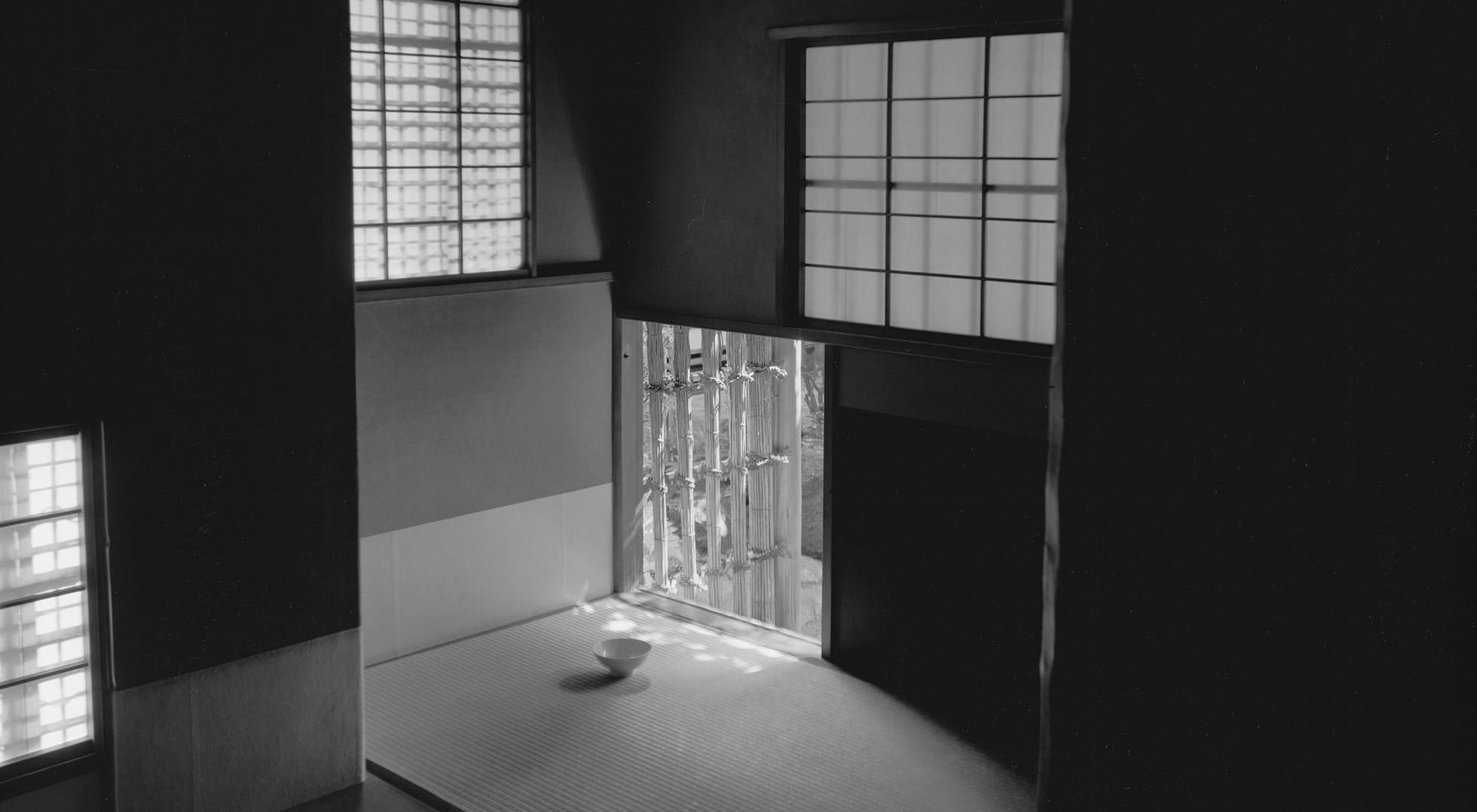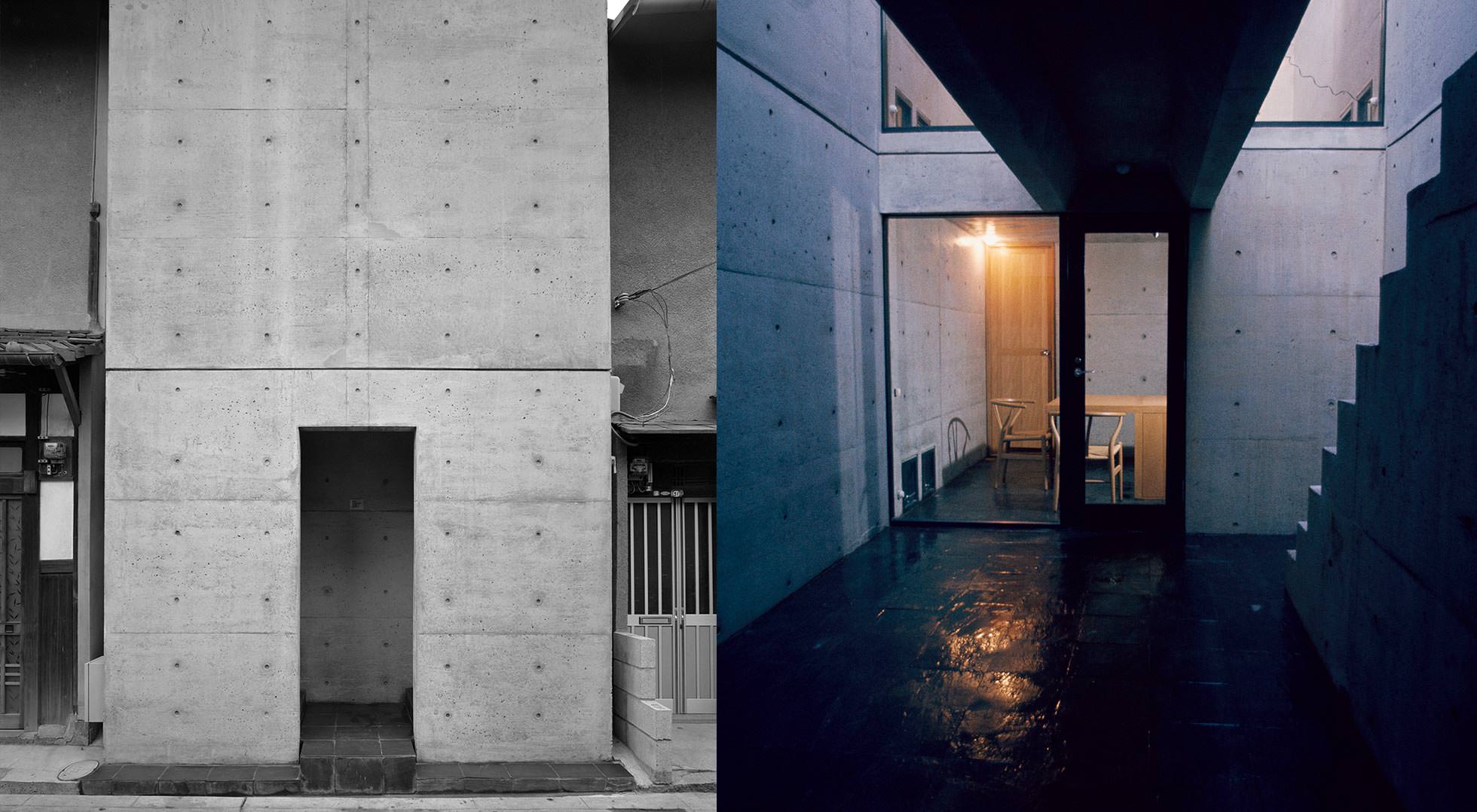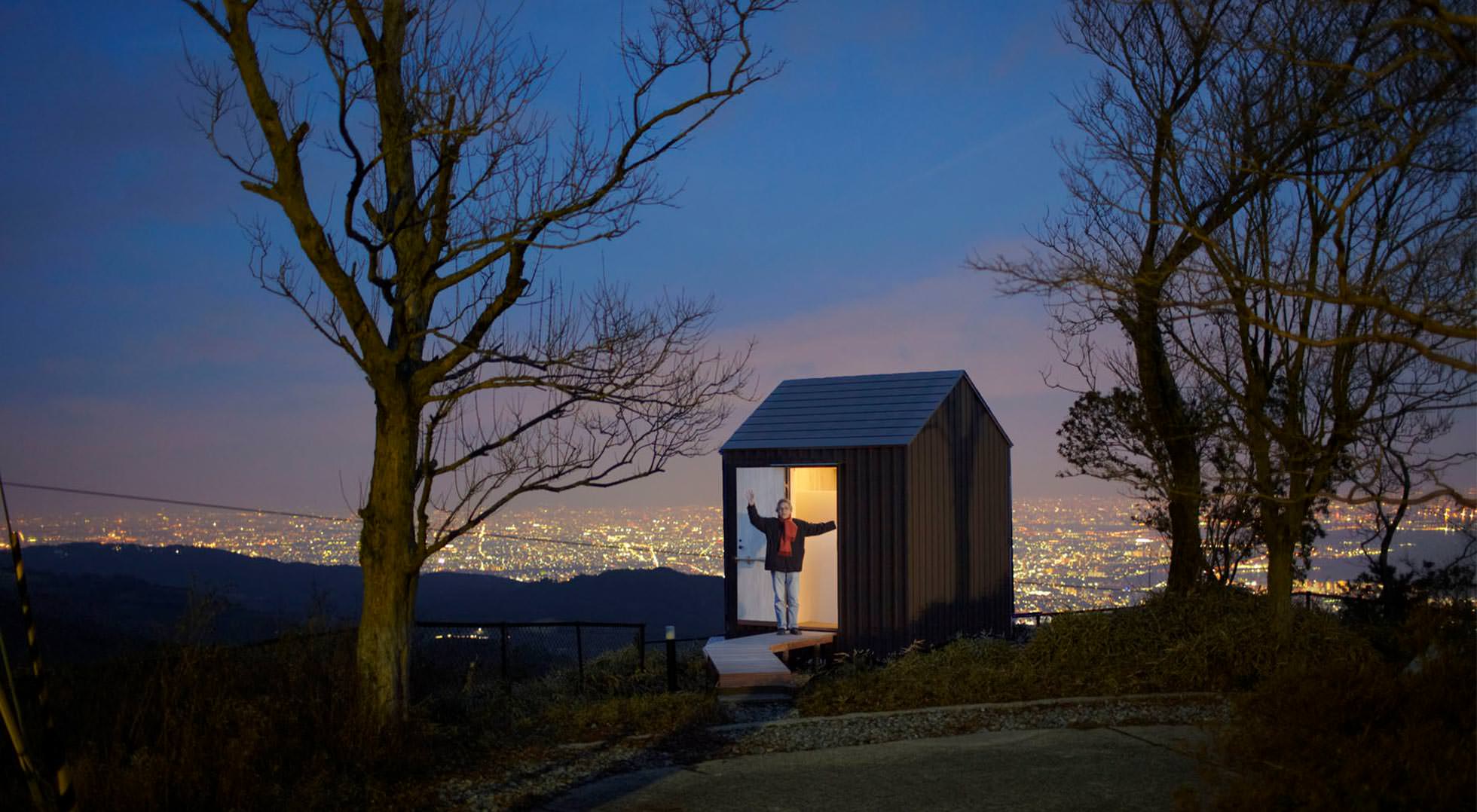Ancient houses
The earliest houses in Japan were the pit houses of the Jomon period (before 300 BC). These were constructed by digging a round or rectangular pit in the ground, erecting poles inside it, and fitting a framework for a roof that could be thatched with reeds, grass, or similar plant material. A fireplace was constructed inside for cooking. Providing a place to sleep that was protected from the elements, these pit houses represent the archetype of the houses we live in today. Later, in the Yayoi period (300 BC–250 AD), houses with floors raised off the ground began to appear. Such stilt houses provided protection against flooding and vermin.





































